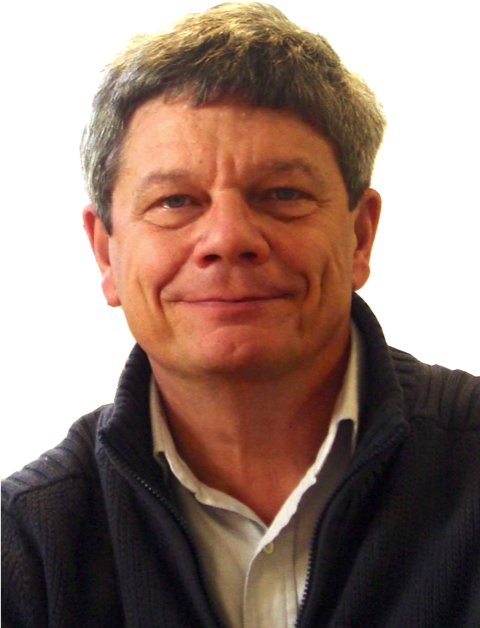
Tribute to François Ducastelle
The organisers wish to dedicate the HOWDI annual meeting 2022 and one of its sessions to the memory of one of its recently deceased members. François Ducastelle sadly left us abruptly last summer at the age of 78 while participating at a work meeting. He has been a distinguished member of our community for many years during which he contributed with inspiring ideas and discussions, pioneering works, deep physical and mathematical insights and an engaging enthusiasm. He used to interact with young researchers on a daily basis, with great humility and humanity. His approach to theory stemmed from the idea that theoretical insight must provide models and concepts to understand experimental evidences. In the field of 2D materials and nano-objects, his work focused mostly on modelling the growth of carbon nanotubes and graphene from metal catalysts, on investigating the electronic properties of carbon and N-doped carbon nanotubes, of N-doped graphene, and on deriving a tight-binding description of electronic and excitonic properties in boron nitride crystals (2D and bulk) and nanotubes. He participated in the formation of many Ph.D. students of the community and several group leaders of the network, theoreticians as well as experimentalists, have been collaborating with him throughout the last decades. Besides his outstanding contributions in the field of nano-objects, he is internationally renowned also for his works on statistical physics, order-disorder transitions and electronic structure in alloys. On this subject he authored the book "Order and Phase Stability in Alloys" which is still a reference in the field. Pioneering have been his works on the excitation spectra of transition metals, the demonstration of a continuous fraction method to model the density of states of large band-gap compounds, and his key contributions to the Generalised Perturbation Method (GPM), the Coherent Potential Approximation (CPA) and the method of moments which is at the origin of the order-N methods used in modern atomic-scale simulations. |


